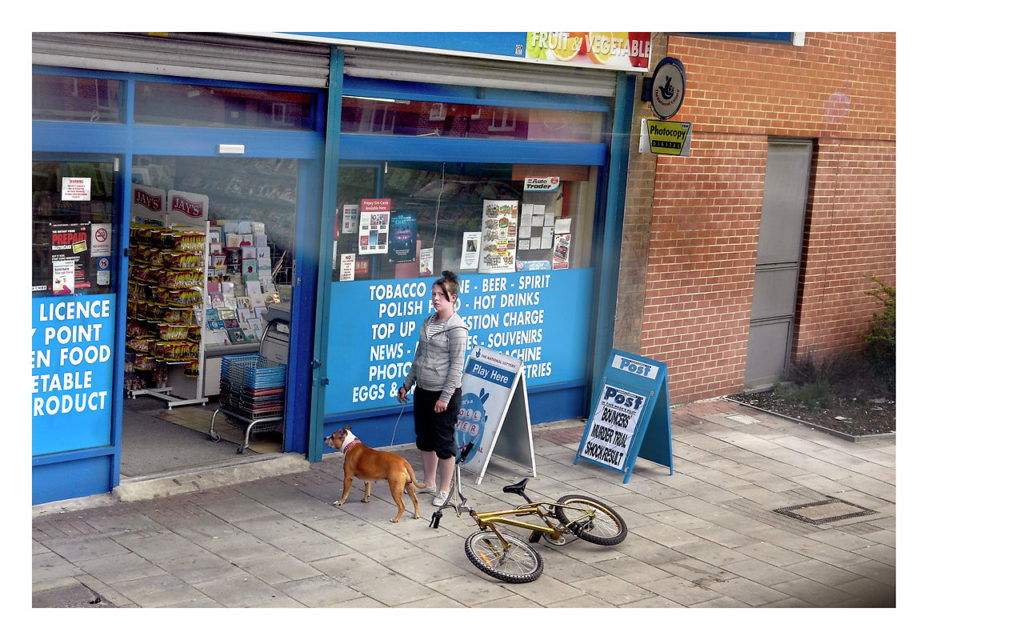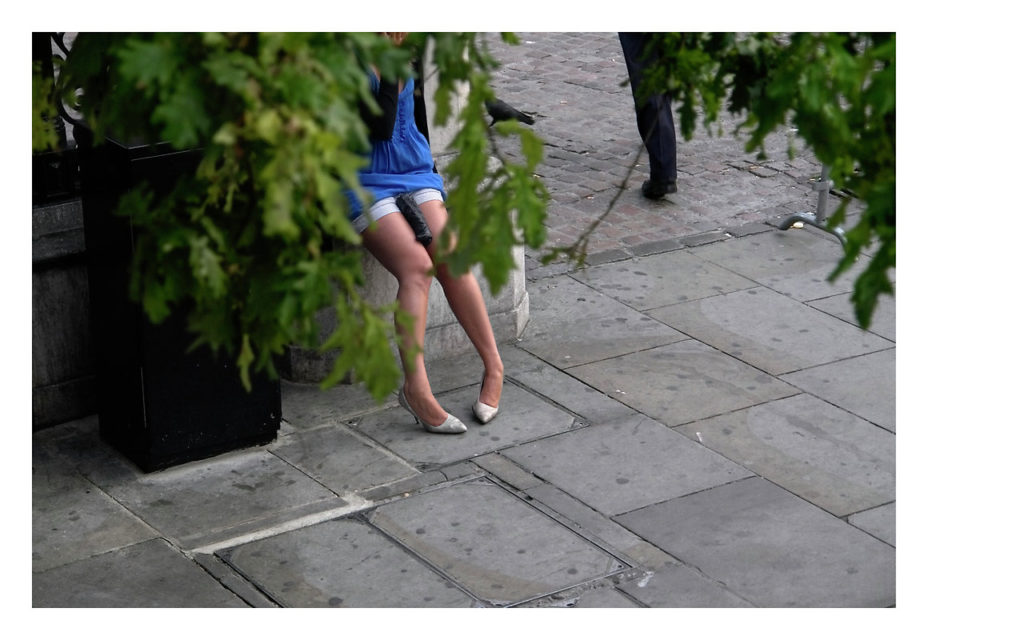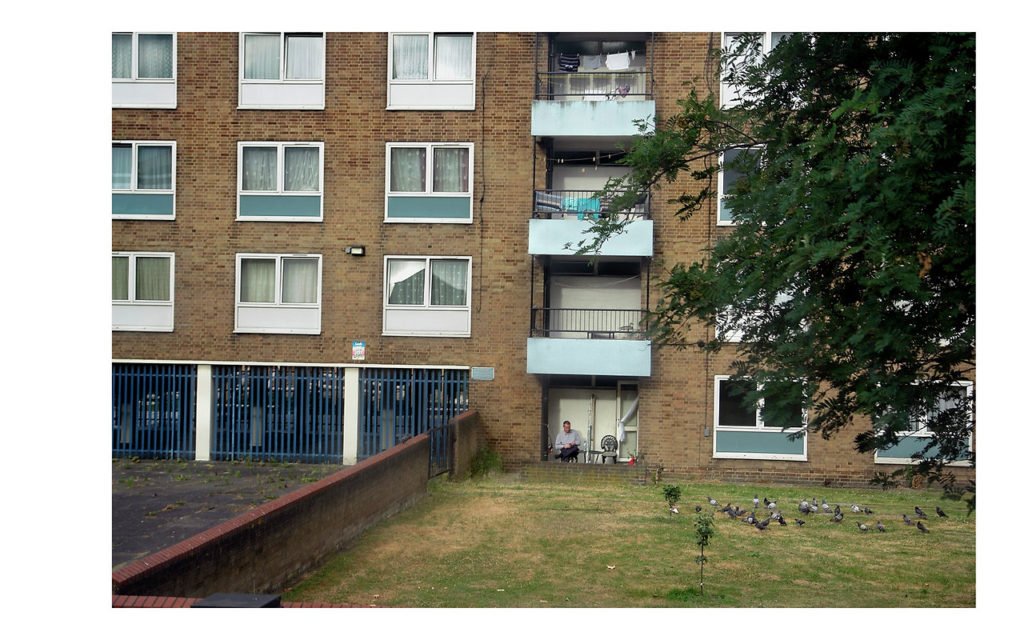Last stop
Rules of interaction and proximity are changing. It is this space that fascinates George Georgiou, this migration of people around this very open and public arena, but also a migration that has reached a target, the holy grail of the imagined Western urban dream. It is this new highly fragmented sense of community that his work investigates. London’s double decker buses are the perfect “vehicle or vessel” to explore and transverse a complex and vast city, to frame it. It has the advantage of allowing him two perspectives or levels of observation, the lower and upper decks. From this vantage point he can capture the complex phenomenon of urban stratification, how different people use the city through the day, how new layers of architecture, signage and street furniture add to what was already there. How different social, economic and ethnic groups appropriate, shape and adapt to the city. With buses he does not have full control, the random nature of where the bus stops and his position to what is in front of him is not to dissimilar to the encounters we have as we move through the city. He becomes, as the people he observes, part of the city system where thousands of individual paths cross randomly. A community of invisibility and but also voyeurism. But not only is the passer-by invisible, but he, as the photographer becomes a voyeur, become invisible to the outside, like the CCTV cameras in London that follow our every moves. Nonetheless his photography is not detached; he tries to capture and understand the emotional content of London’s everyday migrations, rhythms and rituals. Because he is part of this rhythm and community, it is also his distance and attachment, it is his community, his security, his home.
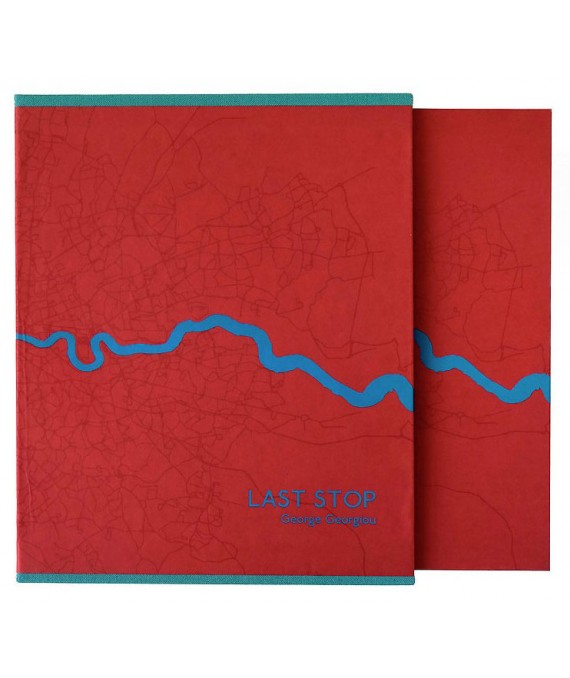
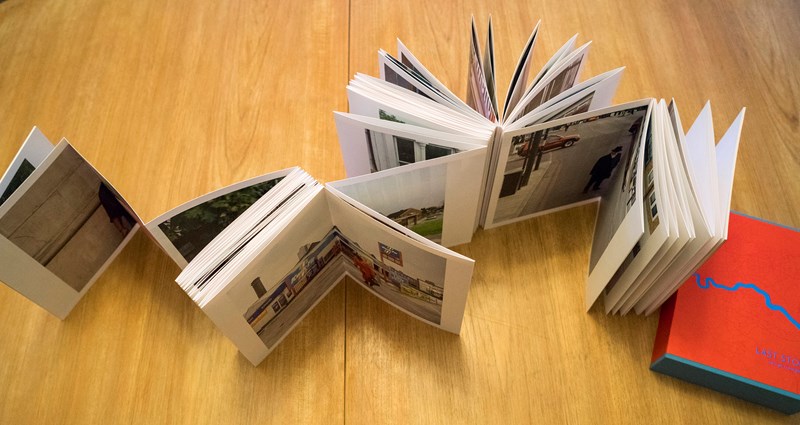
Originally the project began as Georgiou was thinking about London as a city of migration, the ‘last stop’ not only for immigrants but also for people from across the UK. A city of dreams and possibilities; but as we all know, these dreams are not so easily realized. As the project evolved, he became more interested in trying to express the experience of the city, how we move through it, share it, coexist as a diverse group of peoples and cultures. The part that seems the most considered is the little soap operas we see everyday in public space, those encounters we witness and perceive as fictions. It’s a little like when we drive pass an accident on the highway: we glimpse the crashed car and imagine the rest. How we perceive is important element in the work. The design of the book is what holds together the whole concept of the work and relates to the actual experience of moving through a city. The essence of the project is that you might take the same route everyday but what you see, the ebb and flow on the street takes on a random nature. To capture this flow, the concertina layout of the book allows the feel of a bus trip, but more importantly it gives the viewer the opportunity to create their own journeys by spreading the book out and combining different images together. This moves the book away from an author-led linear narrative to one of multiple possibilities.

